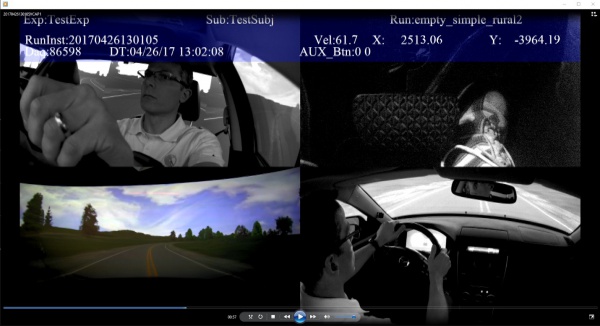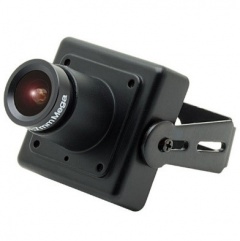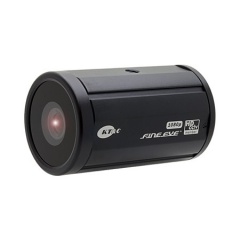Difference between revisions of "Video Capture"
Steve Cable (Talk | contribs) (→NADS VidCap 4-Channel Video Capture System) |
Steve Cable (Talk | contribs) |
||
| Line 4: | Line 4: | ||
The VidCap PC is connected to the miniSim via an Ethernet connection. The purpose of this is to allow the VidCap machine to start and stop recording video in sync with the miniSim start/run states and to provide the DAQ file name to the Vidcap, which will use the same and file name location for the video files. An application is provided to re-encode the video to save space. A sample of the quad-split output is below. | The VidCap PC is connected to the miniSim via an Ethernet connection. The purpose of this is to allow the VidCap machine to start and stop recording video in sync with the miniSim start/run states and to provide the DAQ file name to the Vidcap, which will use the same and file name location for the video files. An application is provided to re-encode the video to save space. A sample of the quad-split output is below. | ||
| − | <gallery widths=600px heights=500px mode="nolines"> | + | <gallery widths=600px heights=500px mode="nolines packed"> |
File:vidcap_preview.jpg|VidCap System Output with Quad Split | File:vidcap_preview.jpg|VidCap System Output with Quad Split | ||
</gallery> | </gallery> | ||
Revision as of 15:23, 7 January 2018
NADS VidCap 4-Channel Video Capture System
An optional accessory of the miniSim is a 4-Channel video-capture system or VidCap™ for the NADS miniSim driving Simulator. The system will record up to 4 SDI HD (1920x1080) Video Inputs that are combined into a single, HD channel with audio. Real-time simulator variables such as frame number and driver speed can be super-imposed over the recorded channel.
The VidCap PC is connected to the miniSim via an Ethernet connection. The purpose of this is to allow the VidCap machine to start and stop recording video in sync with the miniSim start/run states and to provide the DAQ file name to the Vidcap, which will use the same and file name location for the video files. An application is provided to re-encode the video to save space. A sample of the quad-split output is below.



